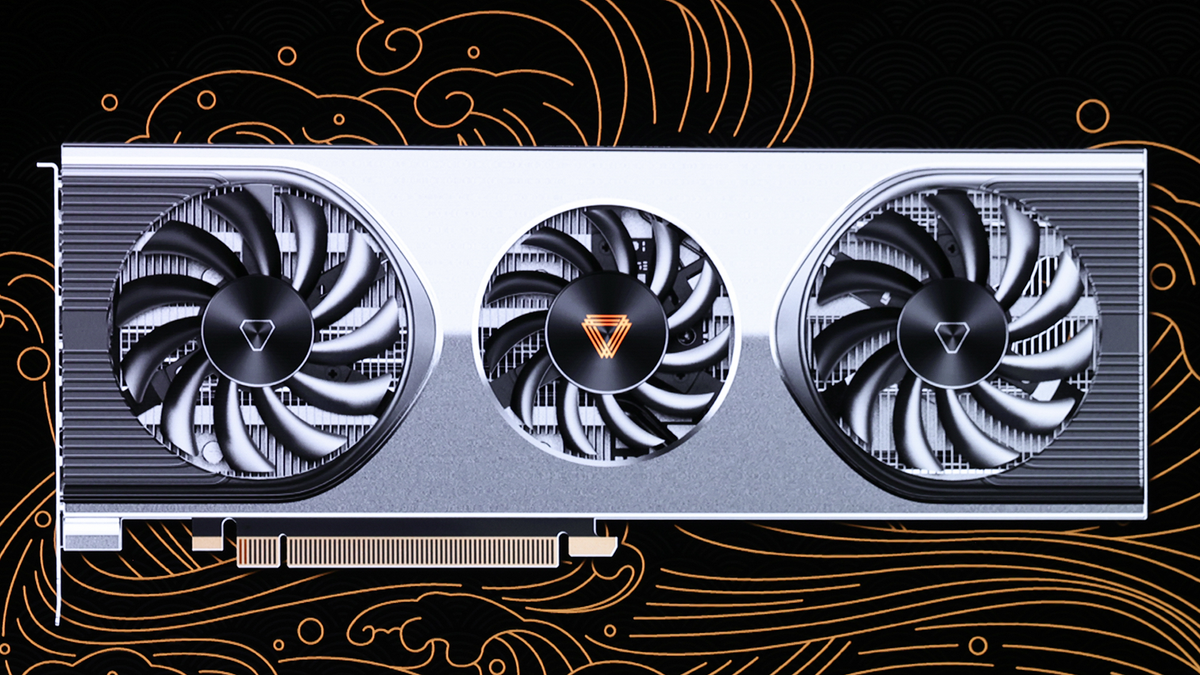Chinese "homebrew" video cards based on MT Unified System Architecture aka MUSA.
Supports DirectX, OpenGL (+ES), Vulkan, OpenCL, SYCL and of all things, CUDA.

MTT S60 is 2048 MUSA cores + 8 GB of LPGDDR4X memory (typo? probably LPDDR4X), up to 6 TFLOPS in single slot package
MTT S2000 is 4096 CUDA cores + 24 GB of unknown memory, up to 12 TFLOPS

12nm so could be chinese built too?
https://www.techpowerup.com/293474/...mtt-s2000-graphics-cards-with-directx-support
Supports DirectX, OpenGL (+ES), Vulkan, OpenCL, SYCL and of all things, CUDA.

MTT S60 is 2048 MUSA cores + 8 GB of LPGDDR4X memory (typo? probably LPDDR4X), up to 6 TFLOPS in single slot package
MTT S2000 is 4096 CUDA cores + 24 GB of unknown memory, up to 12 TFLOPS

12nm so could be chinese built too?
https://www.techpowerup.com/293474/...mtt-s2000-graphics-cards-with-directx-support



